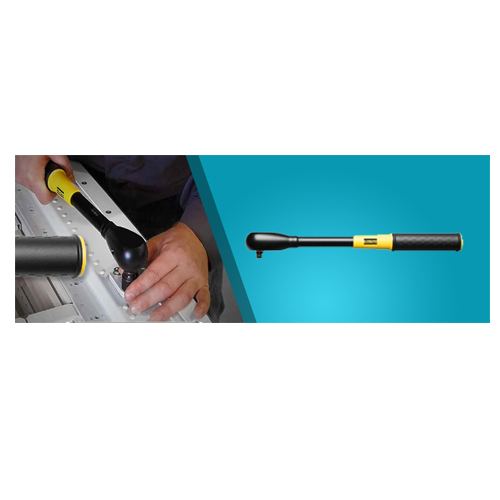Schedule a Call Back
Life Cycle Assessment Key to Reducing Vehicle Carbon Footprint
 Technical Articles
Technical Articles- Oct 03,11
Advanced high-strength steel solutions combined with electrified powertrains reduce total life cycle emissions
Life cycle assessment (LCA) of emissions is critical to a complete picture of a vehicle carbon footprint, Cees ten Broek, WorldAutoSteel Director, said at the Frankfurt Motor Show in a joint press conference with engineering firm, EDAG International. Ten Broek presented the results of a global steel industry initiative, the Future-SteelVehicle (FSV), developed by EDAG, which features fully engineered steel body structure designs for electrified vehicles that reduce total life cycle emissions by nearly 70 per cent over a similar size internal combustion engine (ICE) benchmark vehicle. FSV demonstrates that low life cycle emission vehicles are not only possible with steel, but more probable.
"When vehicle emissions assessment is focused solely on what comes out of the tailpipe, this encourages use of low-density, greenhouse gas-intensive materials that may provide lighter weight components that improve fuel economy and tailpipe emissions", said ten Broek. "However, this may have the unintended consequence of increasing greenhouse gas emissions during the vehicle's total life cycle". This is due to the emissions-intensive manufacturing processes of materials such as aluminium, magnesium and carbon fibre, which are five to 20 times greater than steel. Material manufacturing emissions become more critical with the onslaught of electrified vehicles and more efficient fuel sources that reduce use or driving phase emissions.
According to a recent study conducted by global engineering firm Ricardo for the United Kingdom's Low Carbon Vehicle Partnership, "Preparing for a Life Cycle CO2 Measure", vehicle production, including material manufacture, accounts for about 25% of the life cycle emissions in traditional ICE powertrain vehicles. These are the embedded emissions that happen before a vehicle is ever driven on the road. The same study estimates that these embedded emissions will grow to 57% of the total life cycle emissions due, in large part, to the introduction of the battery electric powertrain technology. And as energy sources used to power batteries increases in efficiencies, the material manufacturing portion of embedded emissions will grow yet more dominant. Without a life cycle assessment strategy in place, material decisions will be made that will significantly increase these embedded emissions. "Considering the high cost of these alternative materials, there will be no emissions advantage by their use, but weighty manufacturing cost increases" said ten Broek. Steel solutions to this equation have been put forward to car manufacturers around the world. The FutureSteelVehicle programme delivered significant mass savings in four proposed 2015-2020 model vehicles:
 A- /B-Class Battery Electric Vehicle, Plug-In Hybrid (PHEV), C- /D-Class PHEV and Fuel Cell Electric options. A battery electric A-/ B-Class vehicle version, the heaviest powertrain of the four options, has, for instance, a body structure that only weighs 188 kg. These aggressive weight reductions were possible by allowing 97 per cent usage of High-Strength and Advanced High-Strength Steels (AHSS) in tandem with steel manufacturing technologies and a state-of-the-future holistic design methodology. But FSV moreover demonstrates that an AHSS body structure combined with electrified powertrains will dramatically reduce the vehicle's carbon footprint. Key to these findings is a model for vehicle life cycle assessment (LCA), the GHG Material Comparison Model from the University of California at Santa Barbara (UCSB). Data shows that, using the U.S. energy grid, an AHSS body structure with an electrified powertrain reduces total emissions by 56 percent compared to a benchmarked ICE vehicle. In regions where energy grid sources are less carbon intensive, such as Europe, this grows to a nearly 70 percent reduction. This was accomplished at no cost premium--FSV's BEV body structure can be manufactured for US$1,115.
A- /B-Class Battery Electric Vehicle, Plug-In Hybrid (PHEV), C- /D-Class PHEV and Fuel Cell Electric options. A battery electric A-/ B-Class vehicle version, the heaviest powertrain of the four options, has, for instance, a body structure that only weighs 188 kg. These aggressive weight reductions were possible by allowing 97 per cent usage of High-Strength and Advanced High-Strength Steels (AHSS) in tandem with steel manufacturing technologies and a state-of-the-future holistic design methodology. But FSV moreover demonstrates that an AHSS body structure combined with electrified powertrains will dramatically reduce the vehicle's carbon footprint. Key to these findings is a model for vehicle life cycle assessment (LCA), the GHG Material Comparison Model from the University of California at Santa Barbara (UCSB). Data shows that, using the U.S. energy grid, an AHSS body structure with an electrified powertrain reduces total emissions by 56 percent compared to a benchmarked ICE vehicle. In regions where energy grid sources are less carbon intensive, such as Europe, this grows to a nearly 70 percent reduction. This was accomplished at no cost premium--FSV's BEV body structure can be manufactured for US$1,115.
"WorldAutoSteel is actively pursuing the advancement of a life cycle assessment because we believe it is the only way that vehicle emissions can truly be addressed for meaningful impact, today and, in particular, tomorrow", said ten Broek.
Related Products

SWR ’Slipping’ Wrenches
Reliable
Trade Links offers a wide range of SWR ’slipping’ wrenches.

Gripping Systems – Rgg
Schunk Intec India Pvt Ltd offers a wide range of Gripping Systems – RGG - cleaning
device with shank interface.

Pg Series Precision Positioning Linear Slides
IBK Engineers Pvt Ltd offers a wide range of PG series precision positioning linear slides.















